The growth of NFTs has shot to the next level in terms of popularity and finding acceptance from the crypto community and the mainstream alike. Nonfungible tokens (NFTs) that were initially thought to be a bubble are now expanding their coverage across the cryptoverse.
According to a report by DappRadar, the NFT market has had its best year, generating over $23 billion with the floor market capitalization of the top 100 NFT collections standing at $16.7 billion, as of Dec. 17, even before the year closed out.
The biggest move for NFTs and the metaverse space has been Facebook’s announcement of being rebranded to Meta on Oct. 28 in a bid to expand its reach beyond social media and into the Metaverse. In fact, in the last week of October, it was revealed that over $106 million worth of Metaverse land was sold in 7 days.

Within the cryptoverse, the NFT collectibles frenzy first began in 2017 with the launch of the CryptoKitties game and the subsequent demand for these digital cats. At its peak, the blockchain game recorded a maximum of 140,000 daily users and 180,000 daily transactions in Nov. 2017, but this traction was quickly lost over a few months. Since then, the collectibles domain has gone on to have renowned collections like CryptoPunks, Bored Apes Yacht Club and NBA Top Shots.
The initial interest around NFTs in the mainstream came from the digitization and tokenization of artworks by renowned artists like Beeple through auction sales hosted by traditional art galleries like Christie’s and Sotheby’s.
Since then, the scope of NFTs has expanded to include art, music, games, sports and Tweets — just about any digital or real-world asset — that can be tokenized while still holding their value and providing unique ownership.
GameFi is the game-changer
The prime watershed moment for NFTs that followed the Metaverse narrative is through GameFi protocols. GameFi is defined as the combination of gaming and decentralized finance (DeFi) within a single ecosystem. According to Huobi Research, the research arm of the cryptocurrency exchange, GameFi has revived the interest in blockchain gaming.

The leading protocol in this regard in 2021 has been Axie Infinity, a game universe where gamers can collect Axies as pets in order to battle, breed, raise and build kingdoms for their pets. The game ecosystem is powered by AXS and SLP, the native tokens of the ecosystem.
The Ethereum-based game was released back in March 2018 and has been developed by Vietnamese game developer Sky Mavis. Due to the hype that surrounded the game this year, the Axie Infinity collection has quickly risen to become the most traded NFT collection ever in the short history of NFTs. The collection has clocked nearly $4 billion in all-time sales. Axie Infinity has surpassed other blockchain games by a mile with the current in-game trading volume.

The daily active users of the game grew from 20,000 users in March of this year to 2.5 million users in December of this year, marking a 125x increase in less than nine months — a remarkable feat for a game that gained hype only this year. The game has recorded $9.72 million in a single day in June, surpassing a record Tencent held at the time. In the third quarter of 2021, the game accounted for 19.5% of the total NFT trading volume in the same period and $2.08 billion of trading volumes.
While this game is based on Ethereum, blockchain-based games have spread across blockchain networks like Solana and the Binance Smart Chain. There have been several games that have gained popularity across blockchain networks like Splinterlands on Hive and Wax, Alien Worlds on Wax, Upland on EOS, and MOBOX based on the Binance Smart Chain.
The investment raised with the blockchain gaming domain has well surpassed over a billion dollars in 2021, led by the $930 million raised by the gaming company Forte Labs.

Pushback from traditional gaming and regulations
Even though GameFi has been disrupting gaming with the introduction of blockchain technology, the traditional gaming industry hasn’t exactly been receiving this innovation well. Steam/Valve banned all blockchain-based games from its platform earlier this year. In response, however, over 26 companies and advocacy groups have called on the company to reverse the ban.
Additionally, the South Korean government has now blocked the release of new play-to-earn (P2E) games and asked the existing blockchain games with a P2E model to be removed from Apple Store and Google Play Store. In contrast, Epic Games, the creator of Fortnite, has said that the company is open to blockchain-based games that support cryptocurrency and blockchain-based assets.
Even Elon Musk, the CEO of SpaceX and Tesla, recently stated in an interview on Dec. 22 that he believes his company’s technology, Neuralink, is better than the Metaverse in the long term as he doesn’t see “someone strapping a friggin’ screen to their face all day.” Musk added: “In the long term, a sophisticated Neuralink could put you fully into virtual reality. I think we’re far from disappearing into the metaverse, this sounds just kind of buzzwordy.”
Related: Concerts in the Metaverse could lead to a new wave of adoption
Despite the pushback from the traditional gaming industry and some regulators, GameFi has been growing at an incredibly fast pace. The company behind the first Bitcoin-based ETF in the United States, ProShares, has announced its plans to launch a Metaverse-focused ETF that will include companies like Apple, Meta and Nvidia. The company has filed for the ETF with the United States Securities and Exchange Commission (SEC) under the name ProShares Metaverse Theme ETF, which will track the performance of the Solactive Metaverse Theme Index (SOMETAV).
Even one of the consulting Big4 firms, PricewaterhouseCoopers (PWC) Hong Kong, have dipped their toes into the Metaverse. The company purchased a land plot in a metaverse game Sandbox. Even the Italian luxury sports car manufacturer Ferrari hinted at NFTs after a deal with the Swiss blockchain startup Velas Network.
Enterprises as such can utilize blockchain technology to create business models in the Metaverse and achieve efficiency and cross-compatibility with the real world. If 2021 can be considered to be the year of DeFi and NFTs, it is almost certain that 2022 will be the year of GameFi and the Metaverse.
 [flexi-common-toolbar] [flexi-form class=”flexi_form_style” title=”Submit to Flexi” name=”my_form” ajax=”true”][flexi-form-tag type=”post_title” class=”fl-input” title=”Title” value=”” required=”true”][flexi-form-tag type=”category” title=”Select category”][flexi-form-tag type=”tag” title=”Insert tag”][flexi-form-tag type=”article” class=”fl-textarea” title=”Description” ][flexi-form-tag type=”file” title=”Select file” required=”true”][flexi-form-tag type=”submit” name=”submit” value=”Submit Now”] [/flexi-form]
[flexi-common-toolbar] [flexi-form class=”flexi_form_style” title=”Submit to Flexi” name=”my_form” ajax=”true”][flexi-form-tag type=”post_title” class=”fl-input” title=”Title” value=”” required=”true”][flexi-form-tag type=”category” title=”Select category”][flexi-form-tag type=”tag” title=”Insert tag”][flexi-form-tag type=”article” class=”fl-textarea” title=”Description” ][flexi-form-tag type=”file” title=”Select file” required=”true”][flexi-form-tag type=”submit” name=”submit” value=”Submit Now”] [/flexi-form]
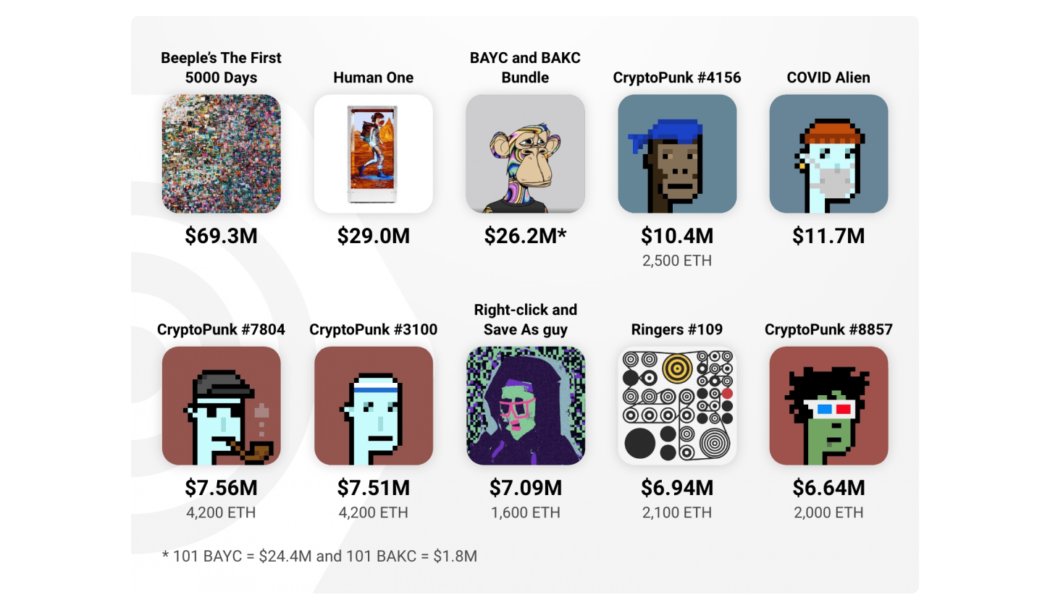

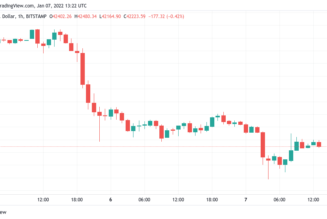

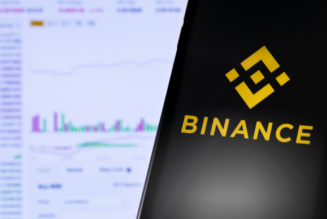



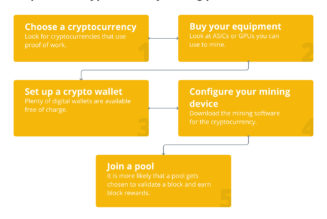
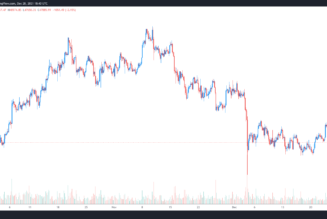
Tagged: crypto blog, Crypto news